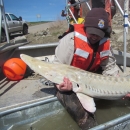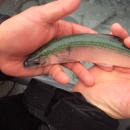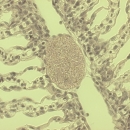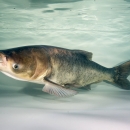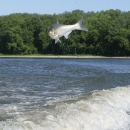This report was compiled from contributions of Lower Great Lakes, Alpena, Green Bay, Ashland, LaCrosse, Carterville, Columbia, Missouri River & Great Plains Fish and Wildlife Conservation Offices; Whitney Genetics Lab; Northeast Fish Technology Center; and Bozeman Fish Health Center.
Publication date
Facility
Program
Species
FWS Focus
FWS Focus
Ecosystem
FWS and DOI Region(s)




